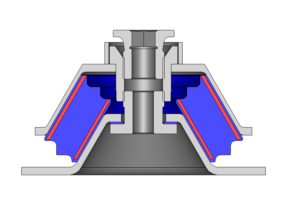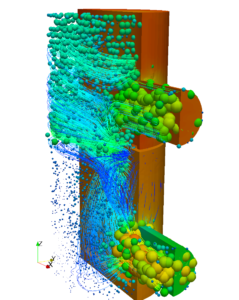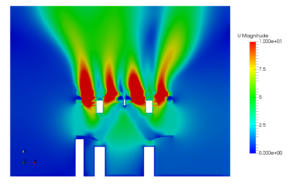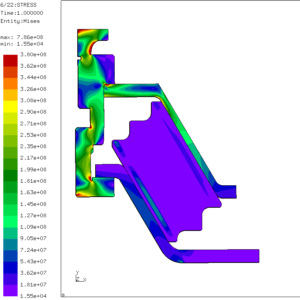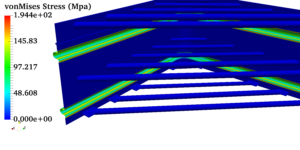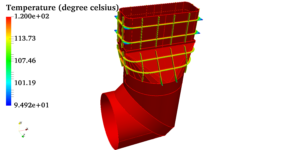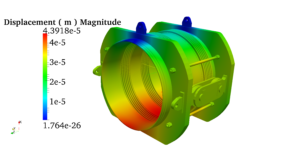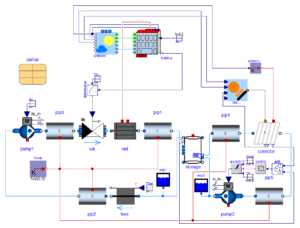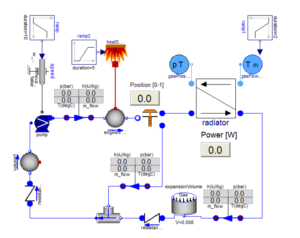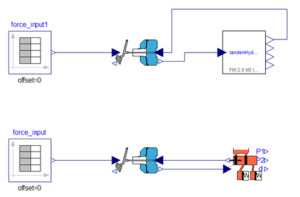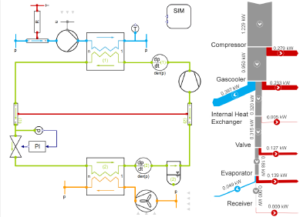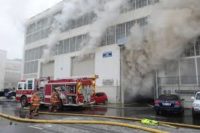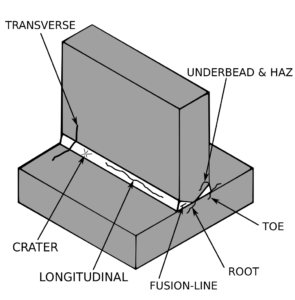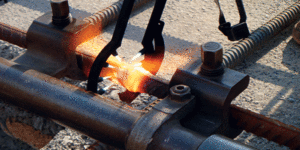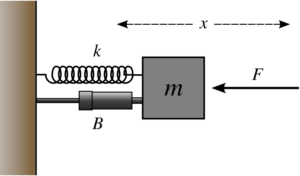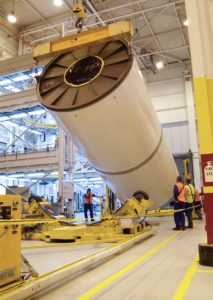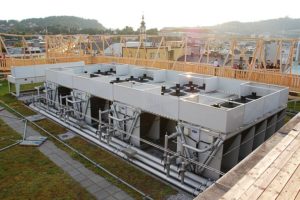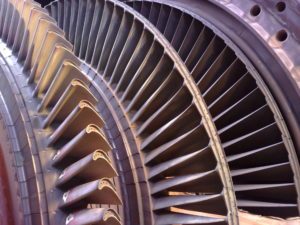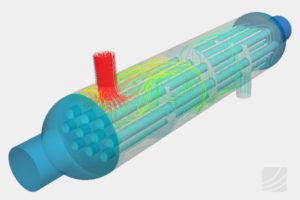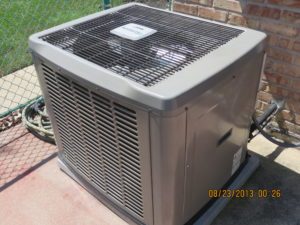Jet Fan Optimization in an enclosed car-park (Basement Car-Park Ventilation)
Jet Fan Optimization in an enclosed car-park (Basement Car-Park Ventilation)
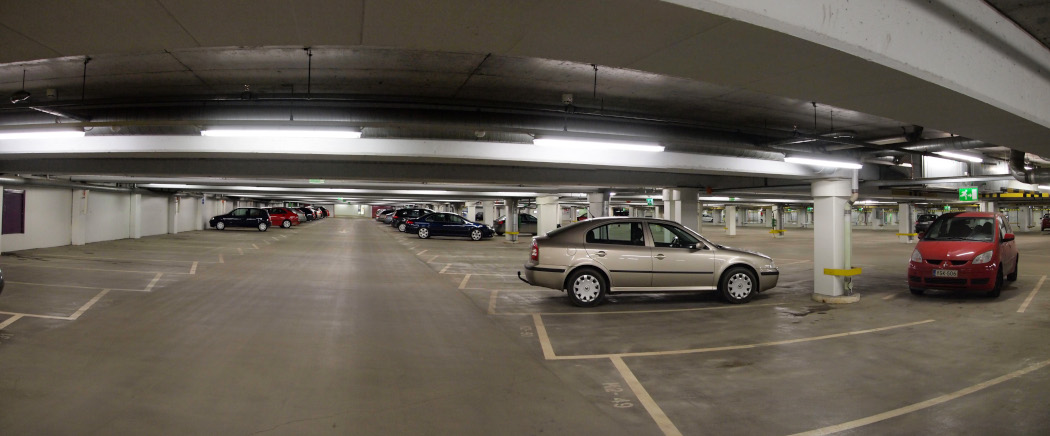
Enclosed car parking garages have limited entry and exit points, restricting natural airflow. The incoming and outgoing traffic emit pollutants, such as carbon monoxide (CO), which pose significant health risks to humans. An efficient ventilation system ensures that these pollutants are continuously replaced with fresh air, reducing the risk of harm to anyone within the car park.
Challenges presented in an enclosed car park are:
In the absence of adequate ventilation, pollutants from the cars can accumulate to dangerous levels.
Areas with minimal or no airflow can become problematic, accumulating more pollutants than other parts.
CFD helps in providing a detailed visualization of how air circulates throughout the car park. It can pinpoint areas with stagnant air or excessive pollutant buildup, helping designers optimize jet fan and vent placement. A CFD study has been conducted for demonstrating the benefits of such analyses. The enclosed-car park in focus can accommodate up to 90 cars and is equipped with two exit points. CO is generated from 45 cars (50% capacity). Ventilation is ensured through three intake supplies and three exhaust ducts, operating at an exhaust flow rate of 32,400 CMH. The exhaust flow rate for the parking space is calculated based on ASHRAE/ANSI 62.1 (2016). Within this space, jet fans with a thrust of 50N are utilized. Notably, the internal beam spacing is equivalent to 18 times the diameter of a jet fan. Velocity contours as below can visualize the low velocity regions.

The left velocity contour represents the flow distribution in the car park without any jet fans. High velocities at the right and left extreme inside the domain is due to the presence of supply and exhaust respectively. Low velocity (~ 0.1 m/s) can be observed towards the middle of the domain.
On the right velocity contour, the flow distribution inside the car park has been improved by strategically placing jet fans inside the space. But the throw from the fans is not able to spread properly due to the beam effect as shown in below contour.
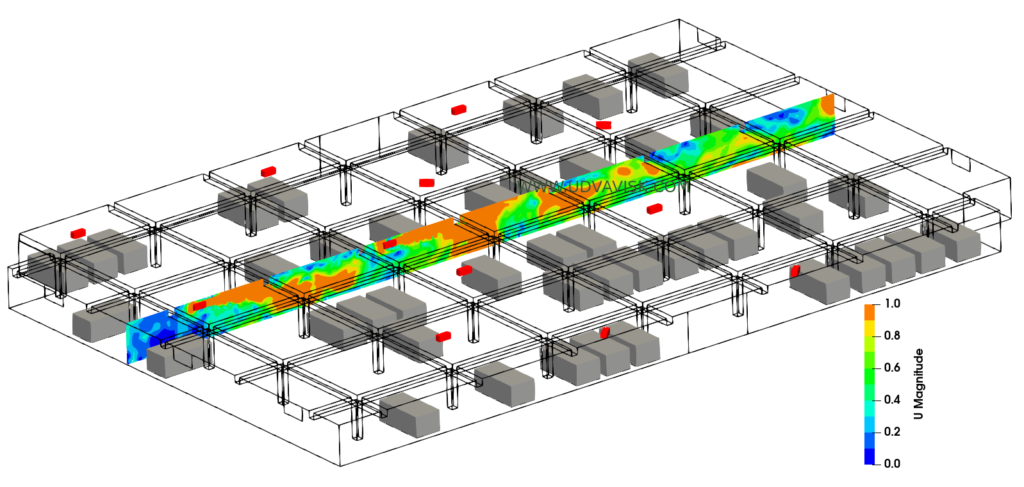
CO sources have been provided assuming the cars take an average time of 120 s to park the vehicles. The initial concentration of CO at a horizontal plane is shown below:
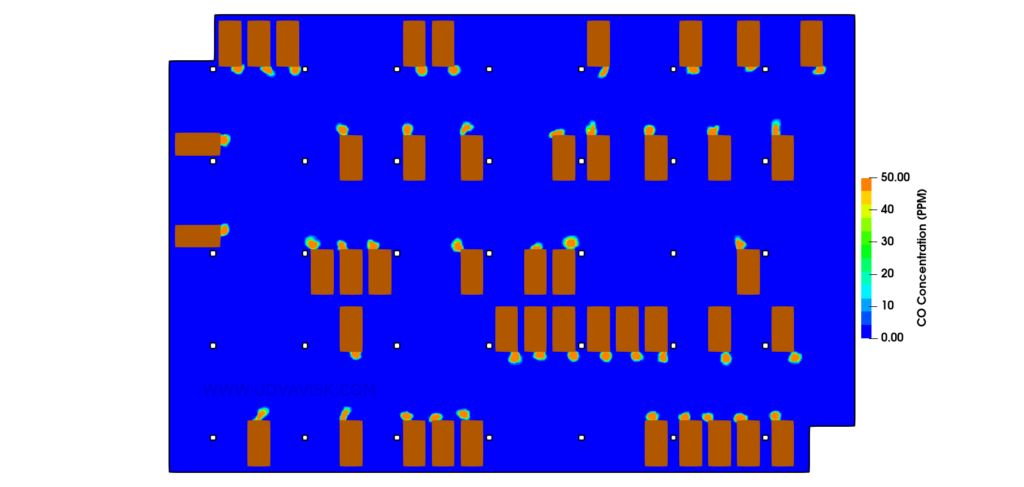
The CO distribution (with 45 cars operational) inside the car park at 100 seconds (left contour) and 300 seconds(right contour) after CO source introuduction in domain can be visualized by below contours.

At 100 seconds, the CO levels in most of the regions are below 0.2 PPM. One region has higher CO concentrations than other regions in the domain. This accumulation can be attributed to the lack of proper flow in this region. Flow from the jet fan in the vicinity to the region is being hampered by the beams.
At 300 seconds, the concentrations levels have reduced. This is due to the polluted air being removed out of the garage via the exhaust ducts and being replaced with fresh.
CONCLUSION: The garage is well ventilated as the CO concentration inside the garage/domain is under tenable conditions. The levels also satisfy the criteria of ASHRAE/ANSI Standard 62.1-2016 for CO concentration.

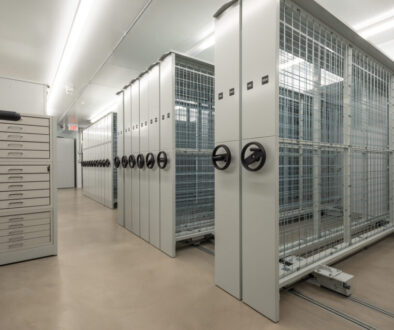
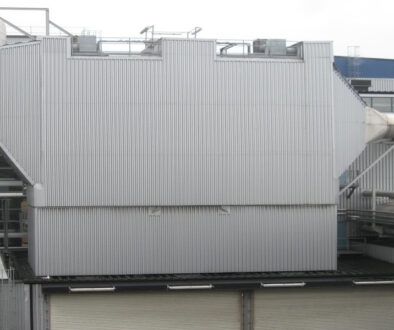
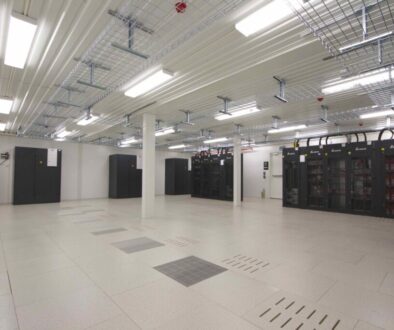
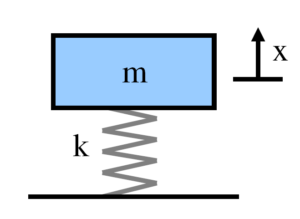
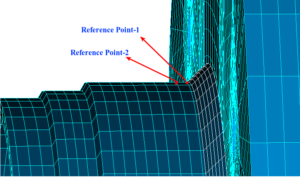
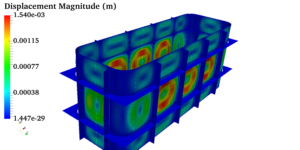 Pressure vessels, pipes, expansion joints etc. are basic equipments for process industries. Pressure vessels are vessels working under internal, external or vacuum pressure, and possibly subjected to high temperature. Proper design and analysis is very important for the pressure vessels, as their failure can cause lot of hazards. Codes/ standards are used in the design phase, followed by analysis to ascertain stresses are within the allowable range. ASME provides wide range of guidelines for the proper design of such vessels.
Pressure vessels, pipes, expansion joints etc. are basic equipments for process industries. Pressure vessels are vessels working under internal, external or vacuum pressure, and possibly subjected to high temperature. Proper design and analysis is very important for the pressure vessels, as their failure can cause lot of hazards. Codes/ standards are used in the design phase, followed by analysis to ascertain stresses are within the allowable range. ASME provides wide range of guidelines for the proper design of such vessels.